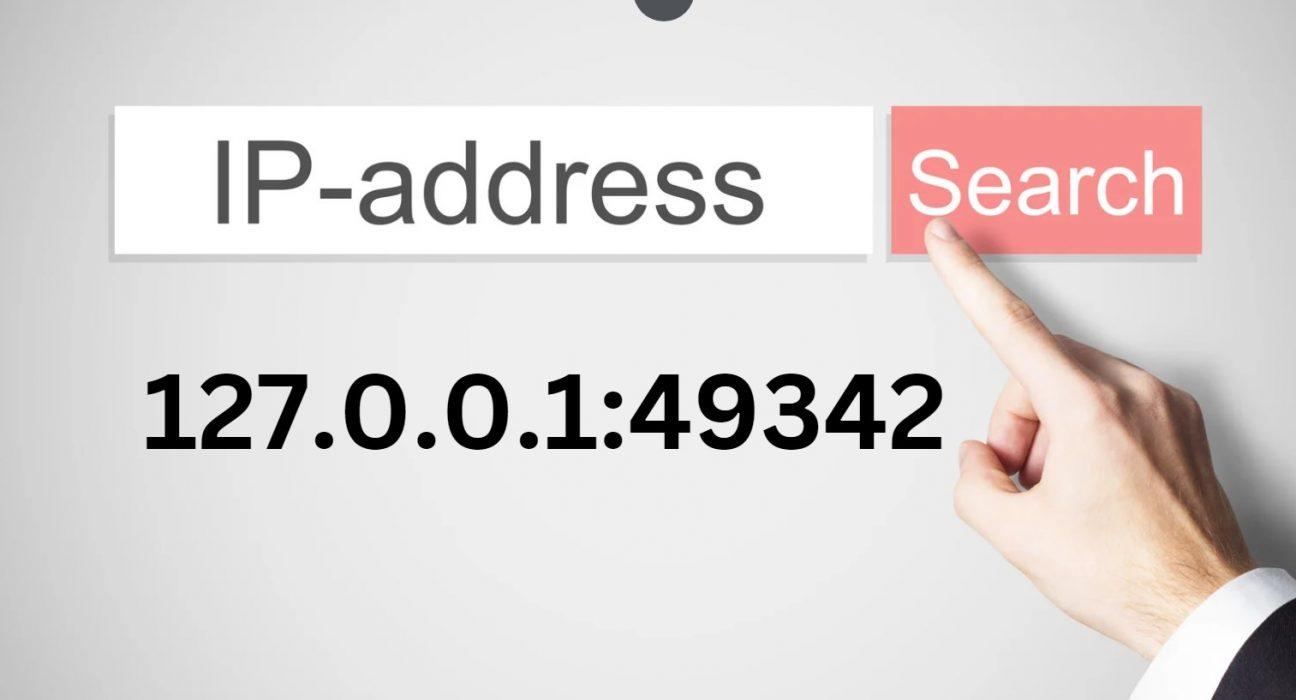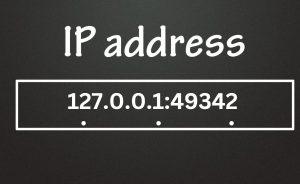The world of web development and server management is intricate, with numerous tools and techniques designed to optimize functionality and efficiency. One such tool is the use of IP addresses like 127.0.0.1 and specific port numbers such as 49342. This blog will delve into the intricacies of 127.0.0.1:49342, exploring its purpose, functionality, and configuration.
About 127.0.0.1:49342
The address 127.0.0.1:49342 is a combination of an IP address and a port number. The IP address 127.0.0.1, commonly known as localhost, is a loopback address used in networking. It allows a computer to refer to itself, facilitating internal communication without involving an external network. The port number 49342, on the other hand, is a communication endpoint, crucial for distinguishing different types of network traffic.
What is LocalHost & How It Works?
Localhost is a hostname that refers to the current device used to access it. It is used to test and develop applications on a local machine before deploying them to a live server. When you type “localhost” in your web browser, it directs the request to your own computer. The IP address for localhost is 127.0.0.1, which routes the traffic back to the local machine, enabling developers to run and test web applications locally.
How Localhost Works
- Loopback Address: When you use localhost, the request does not leave your machine. Instead, it loops back to your device, allowing you to test how a web application or service runs without needing an external network connection.
- Testing Environment: Localhost creates a sandbox environment where developers can make changes, test features, and debug applications without affecting the live environment.
- Efficiency: Since the traffic does not leave the machine, it allows for faster loading times and efficient testing cycles.
How Does 127.0.0.1:49342 Work?
The combination of 127.0.0.1 and the port number 49342 enables a specific type of network communication within the local machine. When a server application listens on 127.0.0.1:49342, it is configured to receive data sent to this address and port. This setup is commonly used for debugging and development purposes, allowing developers to test their applications in a controlled environment without exposing them to external networks.
Practical Application
Imagine you are developing a web application. By configuring your application to listen on 127.0.0.1:49342, you can access it through a web browser on the same machine by navigating to http://127.0.0.1:49342. This method ensures that all the traffic stays within your computer, making it an ideal setup for development and testing.
Ultimate Role of Port Number 49342
Port 49342, like any port number, serves as an identifier for a specific process or service on a machine. Each port number is associated with a particular type of service, such as web traffic (port 80 for HTTP) or email (port 25 for SMTP). Port 49342 is often used for custom applications and services, making it a flexible choice for developers needing a specific port for testing or debugging.
Importance of Port Numbers
- Traffic Management: Port numbers help in managing and directing network traffic efficiently.
- Service Identification: They distinguish between different services and applications running on the same machine.
- Custom Applications: Custom port numbers like 49342 are particularly useful for in-house or bespoke applications that require unique identifiers for internal communication.
Configuring 127.0.0.1:49342 in Localhost (Local Server)
Configuring 127.0.0.1:49342 on a local server involves setting up a server application to listen on this specific IP address and port. Here’s a basic example using Python:
import socket
HOST = ‘127.0.0.1’
PORT = 49342with socket.socket(socket.AF_INET, socket.SOCK_STREAM) as s:
s.bind((HOST, PORT))
s.listen()
print(f’Server listening on {HOST}:{PORT}’)
conn, addr = s.accept()
with conn:
print(‘Connected by’, addr)
while True:
data = conn.recv(1024)
if not data:
break
conn.sendall(data)
This simple script sets up a server that listens on 127.0.0.1:49342 and echoes back any data it receives.
Steps for Configuration
- Select a Programming Language: Choose a language like Python, Node.js, or PHP for your server script.
- Create a Server Script: Write a script to bind to 127.0.0.1 and listen on port 49342.
- Run the Server: Execute the script to start the server.
- Test the Setup: Open a web browser or use a tool like cURL to send requests to http://127.0.0.1:49342 and observe the responses.
Uses of 127.0.0.1:49342
- Debugging and Development: Allows developers to test applications locally.
- Isolated Testing: Facilitates the testing of networked applications without external interference.
- Learning and Experimentation: Provides a safe environment for learning and experimenting with network configurations.
- API Development: Enables developers to run and test APIs locally before deploying them to production.
- Service Integration: Helps in testing integrations between different services on the same machine.
Security Risks in 127.0.0.1:49342

While localhost itself is generally secure since it does not expose services to external networks, there are still potential security risks:
- Misconfigurations: Incorrect settings might expose the local machine to external threats.
- Vulnerable Services: Running outdated or insecure services on localhost can lead to vulnerabilities.
- Unauthorized Access: If the local machine is compromised, malicious actors can exploit services running on localhost.
Mitigation Strategies
- Keep Software Updated: Ensure all applications and services running on localhost are up-to-date.
- Use Firewalls: Configure firewalls to restrict access to localhost services.
- Regular Audits: Conduct regular security audits to identify and rectify potential vulnerabilities.
Frequently Asked Questions (FAQs)
1. What is 127.0.0.1?
127.0.0.1 is the loopback IP address used to establish an IP connection to the same machine or computer being used by the end-user.
2. What is a port number in networking?
A port number is a numerical identifier in networking used to specify a particular process or service on a machine.
3. Why use 127.0.0.1 for testing?
Using 127.0.0.1 allows developers to test applications locally without affecting or exposing them to external networks.
4. How do I change the port number for localhost?
You can specify a different port number in your server configuration settings or application code.
5. Is localhost secure?
Localhost is generally secure as it does not expose services to external networks. However, proper configuration and up-to-date services are crucial for maintaining security.
6. Can I use any port number for localhost?
Yes, you can use any port number that is not already in use by another service.
7. What is the purpose of the loopback address?
The loopback address is used for testing and development purposes, allowing a device to communicate with itself.
8. How can I check if a port is in use on localhost?
You can use network utility tools like netstat or lsof to check if a port is in use.
9. What happens if I disable localhost?
Disabling localhost can prevent applications from functioning correctly as they rely on local communication for development and testing.
10. Can localhost be accessed from another device?
No, localhost is only accessible from the local machine. To access services from another device, you need to use the machine’s actual IP address.
By understanding the nuances of 127.0.0.1:49342, developers and IT professionals can effectively utilize this local address and port for testing, development, and troubleshooting purposes, while also being mindful of potential security considerations.











Leave feedback about this